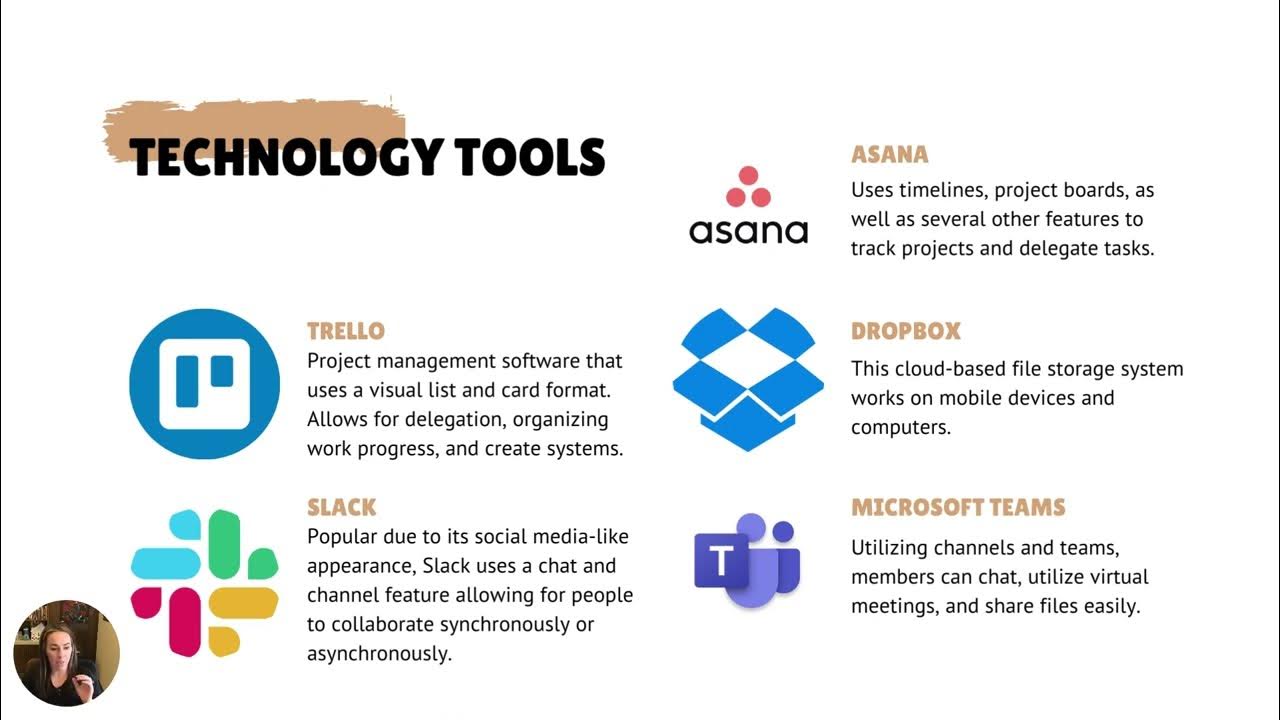Masa Depan ‘Work from Anywhere’
Summary
TLDRThe video discusses the evolution of remote work, especially following the COVID-19 pandemic. It highlights the benefits, such as flexibility and reduced commuting costs, alongside challenges like potential burnout and work-life imbalance. Surveys reveal that a significant number of employees prefer hybrid or fully remote arrangements, with many companies now offering permanent remote options. Experts suggest that a blended approach, considering job roles and employee needs, may be the future of work. The conversation emphasizes the importance of discipline and support for remote workers, making it a viable alternative for various demographics.
Takeaways
- 😀 Remote work is increasingly popular, with many employees preferring it over returning to the office.
- 💼 Companies are considering permanent remote work options for employees, as seen in a survey indicating 50% of firms support this model.
- 📊 A significant portion of workers (over 40%) are exploring job opportunities that allow remote work.
- 🌐 Technological advancements and the COVID-19 pandemic have accelerated the shift towards remote work.
- 🚀 Remote work offers benefits such as cost savings on commuting and flexibility in work schedules.
- 💻 Remote work can provide opportunities for underrepresented groups, including single parents and individuals with disabilities.
- 📉 However, remote work may lead to increased expenses, such as internet costs and workspace needs.
- ⚖️ Maintaining work-life balance is crucial; studies indicate remote workers often feel overworked and fatigued.
- 🔄 Employers should adapt by combining remote and office work models to cater to employees' needs.
- 🗣️ Engagement and well-being programs are essential for supporting remote workers and ensuring their productivity.
Q & A
What are the main factors influencing the remote work model?
-The main factors influencing the remote work model are technological advancements and the impact of the COVID-19 pandemic, which have made remote work more viable and appealing.
How did the perception of work location change over the decades?
-In the 1970s and 1980s, the development of satellite technology allowed for more remote job opportunities, leading to a shift in the perception of work location. By the 1990s, the focus shifted from where work was done to the results achieved.
What did surveys reveal about worker preferences for remote work in Indonesia?
-Surveys indicated that over 40% of respondents in Indonesia preferred to work remotely, with nearly 70% favoring a hybrid model that combines both remote and in-office work.
What percentage of companies in Indonesia are making remote work a permanent option?
-Approximately 50% of companies in Indonesia have decided to make remote work a permanent option for their employees.
What challenges do remote workers face when it comes to their expenses?
-While remote work eliminates commuting costs, workers often need to invest in reliable internet access and may incur additional expenses if they choose to work from cafes or co-working spaces.
What health-related concerns are associated with remote work?
-Research shows that remote work can lead to challenges in maintaining work-life balance, with many workers reporting longer working hours and increased mental fatigue.
What is the significance of discipline in remote work settings?
-Discipline is crucial in remote work as it helps maintain a structured schedule, preventing work from bleeding into personal time and ensuring a healthy work-life balance.
What advice is given to companies regarding the remote work model?
-Companies are encouraged to adopt a flexible approach that combines remote and in-office work, tailored to the job requirements and employee needs, while also ensuring access to necessary resources like stable internet.
What demographic groups benefit most from remote work?
-Remote work can particularly benefit demographic groups such as single parents, individuals with disabilities, and those who cannot relocate due to personal or financial reasons.
What is the overall outlook on the future of remote work?
-Experts have mixed opinions on the future of remote work; some believe it will continue to grow, while others express skepticism about its sustainability and impact on productivity.
Outlines

هذا القسم متوفر فقط للمشتركين. يرجى الترقية للوصول إلى هذه الميزة.
قم بالترقية الآنMindmap

هذا القسم متوفر فقط للمشتركين. يرجى الترقية للوصول إلى هذه الميزة.
قم بالترقية الآنKeywords

هذا القسم متوفر فقط للمشتركين. يرجى الترقية للوصول إلى هذه الميزة.
قم بالترقية الآنHighlights

هذا القسم متوفر فقط للمشتركين. يرجى الترقية للوصول إلى هذه الميزة.
قم بالترقية الآنTranscripts

هذا القسم متوفر فقط للمشتركين. يرجى الترقية للوصول إلى هذه الميزة.
قم بالترقية الآنتصفح المزيد من مقاطع الفيديو ذات الصلة
5.0 / 5 (0 votes)






